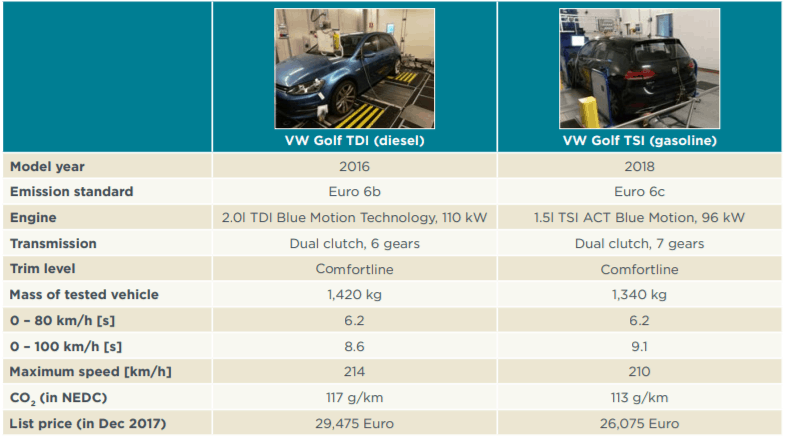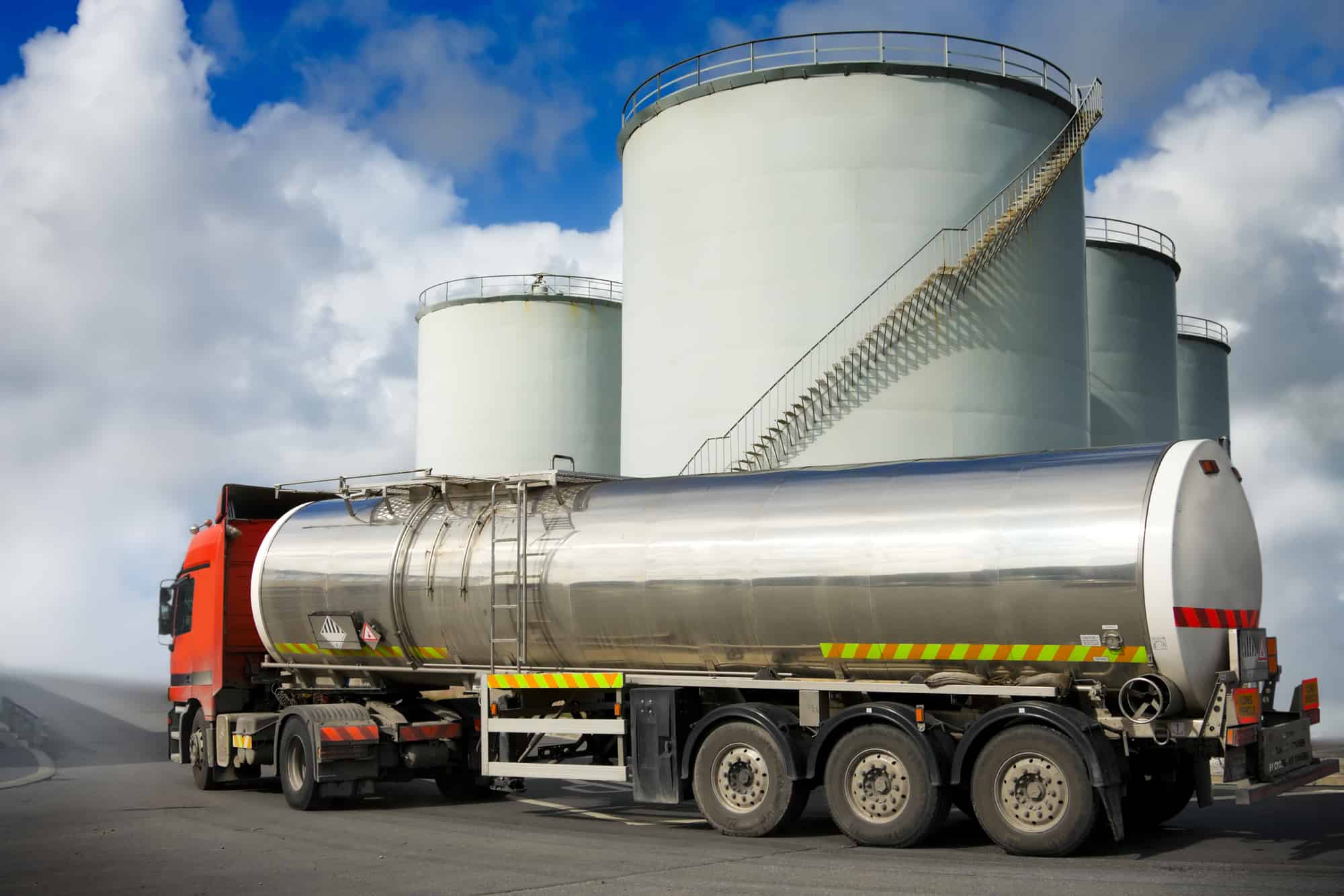Gasoline, kerosene, and diesel are essential fuels used for drastically different purposes. I’ve personally used all three to various degrees around the patio (as I’m sure you have as well), each for their own unique task.
Most of us know that you can’t use gasoline in diesel engines, kerosene in gasoline engines, etc. However, fewer know the advantages, disadvantages, and specific uses of each fuel type.
Luckily, Captain Patio is here to shed some light on this topic. Put on your seatbelt, and come with me to explore the differences between gasoline, kerosene, and diesel.
Heat Output
All three fuels are meant to be ignited. So what burns hotter — gas, diesel, or kerosene? To measure their heat outputs, we’re going to use British Thermal Units per gallon, or BTUs/g (we wrote a full guide on fire pit BTU outputs if you’d like a reference point).
| Fuel Type | Heat Output |
|---|---|
| Gasoline | 120,286 BTUs |
| Diesel | 137,381 BTUs |
| Kerosene | 131,890 BTUs |
As you can see, diesel burns hotter than gasoline and hottest of the three. While gasoline barely surpasses 120,000 BTUs, diesel boasts over 137,000 BTUs per gallon! Kerosene falls a bit short of diesel, burning at almost 132,000 BTUs per gallon.
Pollution
So, we know that diesel burns hottest of the three. Does diesel also cause more pollution than gasoline?
Like many questions I tackle here on Captain Patio, the answer isn’t completely straightforward. Yes, diesel engines burn dirtier than their gasoline counterparts, creating soot, fumes, and noxious smells. However, diesel engines are also more efficient.
Additionally, modern diesel engines contain advanced catalytic converters and other technology designed to reduce emissions and burn cleaner.
Taking all of that into account, are diesel or gasoline engines more environmentally friendly? Let’s take a look at a real-world example.

As you can see, the 2016 Volkswagon Golf TDI actually produces more CO₂ than it’s diesel counterpart in 2018. Now, this is Volkswagon and they don’t have the most stellar reputation when it comes to emission reports. However, CO₂ emissions are only one part of the story.
Particulate matter is another aspect of combustion that we must take into account. Gasoline engines actually produce more particulate matter than their diesel cousins.
Finally, let’s talk about carcinogens (like hydrocarbons). While it’s true that newer diesel engines contain advanced filters to help clean up combustion byproducts, diesel produces more carcinogens than gasoline when burned.
Again, this makes it hard to say whether diesel is cleaner than gasoline!
However, we’re not always burning diesel inside of an internal combustion engine. When there aren’t any fancy catalytic converters or emission reduction technologies at play, which fuel products the most pollution?
Here’s a handy carbon emission chart for all three of the fuels mentioned.
| Fuel Type | Carbon Output (pounds per gallon) |
|---|---|
| Gasoline | 19.60 |
| Diesel | 22.40 |
| Kerosene | 21.50 |
As you can see, raw gasoline produces the least carbon emissions and diesel produces the most.
Common Uses
While all three fuels are meant to be burned, not all of them share the same uses. In fact, things you use kerosene for sometimes would be inappropriate to do with any other fuel!
So with that being said, here’s a table of the common uses for diesel, kerosene, and gasoline.
| Use | Diesel | Gasoline | Kerosene |
|---|---|---|---|
| Automobile Engines | Often | Often | Rarely |
| Aircraft Engines | Rarely | Often | Often |
| Small Engines | Rarely | Often | Often |
| Heating | Often | Often | Often |
| Lamps | Never | Never | Often |
| Cleaning | Cautiously | Cautiously | Cautiously |
| Degreasing | Cautiously | Cautiously | Cautiously |
It’s surprising how many uses you can find for the different fuel types. As you can see, most of the uses are shared across them all.
Flash Point & Autoignition Temperature
Many folks confuse autoignition temperature with the flash point, but they’re completely different concepts. The flash point is the lowest temperature a substance will burn at without an outside ignition source.
The autoignition temperature (also known as the kindling point) is the temperature which a substance ignites on its own. That is, it’s the temperature that the substance spontaneously combusts.
Diesel, gasoline, and kerosene all have different autoignition temperatures and flash points. Let’s dive in and see how each of the fuels stack up.
| Fuel Type | Flash Point |
|---|---|
| Gasoline | -45 °F |
| Diesel | 126 °F |
| Kerosene | 100 °F |
As you can see, gasoline has the lowest flash point of the group at -45°F. Kerosene is a distant second at 100°F, with diesel coming in last at 126°F. So, what does this mean in practical terms?
Simply put, with its lower flash point gasoline will more reliably combust around flame at lower temperatures. You’ve heard the old stereotype of diesel engines being difficult to start on a cold, frosty morning. This is part of the reason!
Now let’s explore autoignition temperatures of the various fuels.
| Fuel Type | Autoignition Temperature |
|---|---|
| Gasoline | 536 °F |
| Diesel | 410 °F |
| Kerosene | 428 °F |
Generally speaking, the autoignition temperatures of gasoline, diesel, and kerosene are similar. Gasoline has roughly a hundred degree gap between diesel and kerosene, but it’s unlikely to matter much outside of an industrial setting.
Weight
According to the U.S. government, the fuels all have a similar weight. In fact, you’d probably not notice a huge difference unless you were storing hundreds or thousands of gallons.
| Fuel Type | Weight (gallon) | Weight (liter) |
|---|---|---|
| Gasoline | 6.2 pounds | 1.6 pounds |
| Diesel | 6.9 pounds | 1.8 pounds |
| Kerosene | 6.8 pounds | 1.8 pounds |

